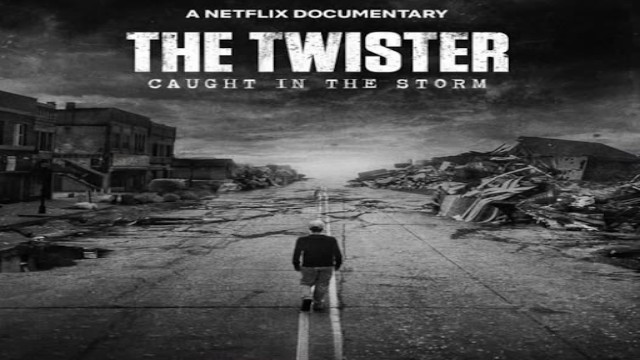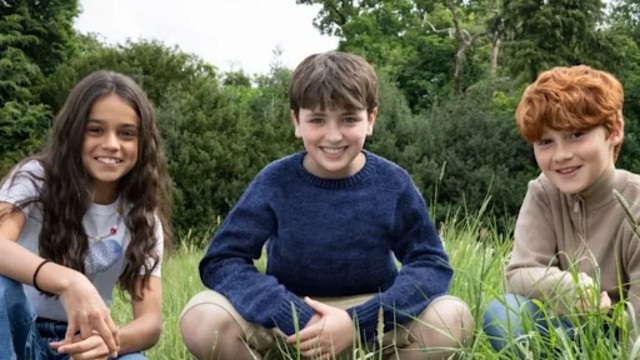
Cover image of the Netflix documentary, The Twister: Caught in the Storm. Image credit: Facebook
A new Netflix documentary, “The Twister: Caught in the Storm,” revisits the devastation of the 2011 Missouri tornado that tore through Joplin with 200 mph winds. The EF-5 storm destroyed homes, a hospital, and schools, killing around 160 people. Nearly 14 years later, survivors reflect on the tragedy and resilience that followed.
A City Turned to Rubble
Joplin High School principal Kerry Sachetta compared the destruction to a war zone, recalling the sight of burning gas leaks and crushed cars scattered like debris. The storm damaged or destroyed nearly 7,500 homes, leaving thousands displaced. Survivors wandered the streets, searching desperately for missing loved ones.
The newly released documentary highlights the human resilience that emerged in the wake of the tragedy, as the community fought to rebuild their shattered city.
Hospital in Crisis
One of the hardest-hit buildings was St. John’s Regional Medical Center, where staff had only moments to act before the tornado ripped the 367-bed hospital from its foundation.
Flying debris shattered windows, while winds disabled generators, shutting down ventilators and life-saving equipment. X-rays and medical records were found 75 miles away.
In this May 22, 2011 file photo, emergency personnel walk through a severely damaged neighborhood after a tornado hit Joplin, Mo. (AP Photo)
Dr. Jim Riscoe, who worked in the emergency room that night, described the chaos. “Cars were tossed like playing cards. Power lines were sparking. It looked like a nuclear disaster,” he said. Despite their own injuries, his medical team worked through the night, treating survivors.
The hospital was so badly damaged that it was demolished the following year.
Lives Lost in the Storm
The tornado’s death toll was so overwhelming that a makeshift morgue was set up near the Joplin football stadium. Among the victims was 18-year-old Will Norton, who had just left his high school graduation when the storm sucked him through the sunroof of his family’s SUV. His father desperately held onto his legs, but the force was too strong. His body was found five days later in a nearby pond.
His family kept his room untouched—his trademark mismatched socks, an open pack of gum, and the green screen he used for his YouTube travel videos remained as they were.
A nursing home also suffered severe losses, with around 12 residents killed when the tornado flung four vehicles, including a van, into the building. The survivors, many suffering from dementia, were scattered to nursing homes across four states, making reunions difficult due to phone outages and lost records.
The official death toll remains disputed, with federal authorities listing 158 fatalities, while local officials count three additional victims, including one who was struck by lightning after the storm.
Schools Destroyed, But Not Defeated
The tornado ended the school year early, as it destroyed six schools and badly damaged seven more.
Determined to rebuild, the district secured federal aid, donations, insurance funds, and a $62 million bond to construct new facilities. In the meantime, students attended makeshift schools—a converted big-box store for upperclassmen and a separate temporary building for freshmen and sophomores.
In 2012, then-President Barack Obama delivered a powerful commencement speech, encouraging the students to persevere. Two years later, Vice President Joe Biden attended the dedication of the new high school, calling Joplin the “heart and soul of America.”
During the school’s first football game after the tornado, a single eagle flew over the stadium—a powerful symbol that, just like the bird returning to its nest, Joplin’s students and community would rise and rebuild.















